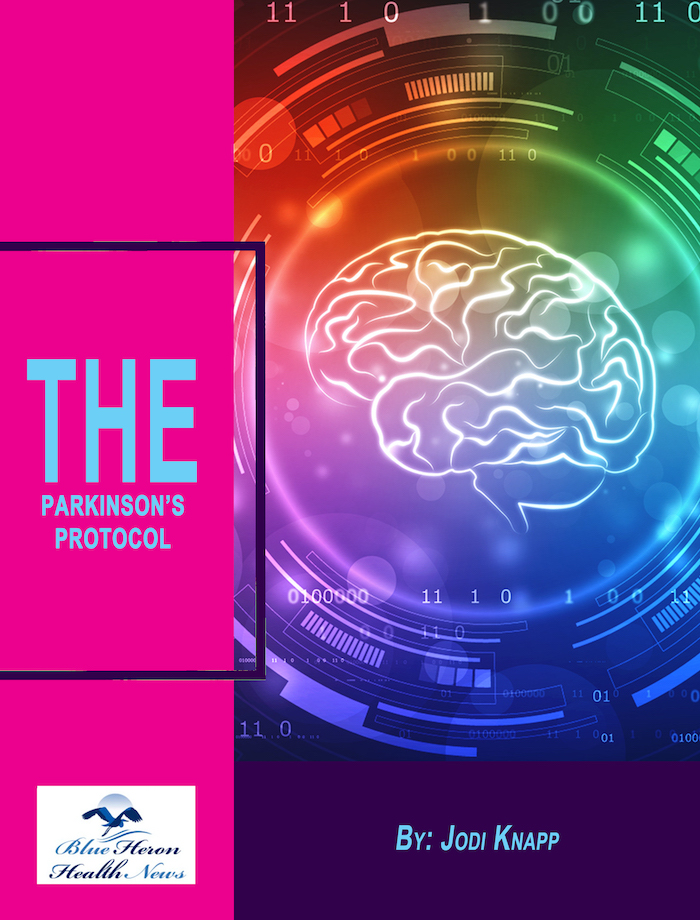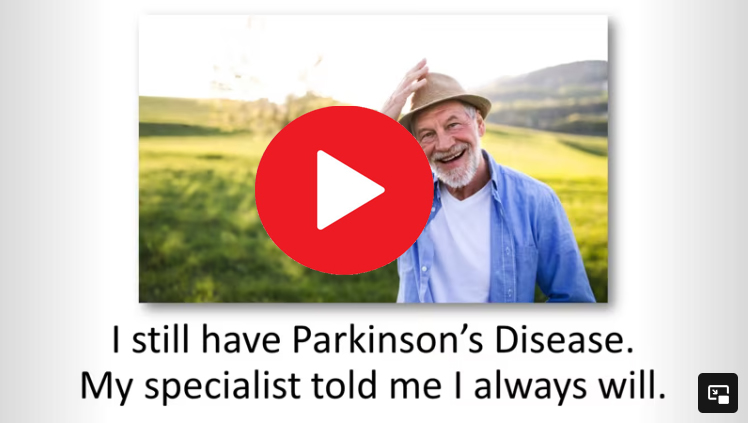
The Parkinson’s Protocol™ By Jodi Knapp Parkinson’s disease cannot be eliminated completely but its symptoms can be reduced, damages can be repaired and its progression can be delayed considerably by using various simple and natural things. In this eBook, a natural program to treat Parkinson’s disease is provided online. it includes 12 easy steps to repair your body and reduce the symptoms of this disease.
Early-Onset Parkinson’s Disease
Early-onset Parkinson’s disease (EOPD) refers to Parkinson’s disease that begins before the age of 50. While the symptoms and progression of early-onset Parkinson’s are similar to those of typical Parkinson’s disease, there are some key differences in terms of causes, symptoms, progression, and treatment. Here’s a detailed overview:
Characteristics of Early-Onset Parkinson’s Disease
- Age of Onset:
- EOPD is diagnosed when symptoms appear before the age of 50. It can occur in individuals as young as their 20s or 30s, though it is less common.
- Genetic Factors:
- Genetic Influence: Early-onset Parkinson’s disease is more likely to have a genetic component than later-onset forms. Several genes have been associated with EOPD, including:
- PARK2 (Parkin): Mutations in this gene are a common cause of EOPD. Individuals with PARK2 mutations may have a slower disease progression and may respond well to levodopa.
- PINK1: Mutations in the PINK1 gene are also linked to EOPD. PINK1 and Parkin are involved in mitochondrial function, and their dysfunction may lead to neurodegeneration.
- DJ-1: Mutations in this gene are associated with familial forms of EOPD.
- LRRK2: Though more commonly associated with later-onset Parkinson’s, LRRK2 mutations can also be found in early-onset cases.
- Family History: A family history of Parkinson’s or related disorders is more common in individuals with EOPD compared to those with later-onset Parkinson’s.
- Genetic Influence: Early-onset Parkinson’s disease is more likely to have a genetic component than later-onset forms. Several genes have been associated with EOPD, including:
- Symptoms:
- Motor Symptoms: Similar to those in later-onset Parkinson’s, including bradykinesia, tremor, rigidity, and postural instability.
- Non-Motor Symptoms: EOPD patients often experience the same non-motor symptoms as those with later-onset Parkinson’s, such as depression, anxiety, sleep disturbances, and autonomic dysfunction.
- Dystonia: EOPD patients may be more prone to experiencing dystonia (sustained muscle contractions causing twisting and repetitive movements), particularly in the feet and legs.
- Progression:
- Slower Progression: Early-onset Parkinson’s often progresses more slowly than later-onset forms of the disease. However, this slower progression means patients may live with the disease for a longer period, potentially leading to prolonged disability.
- Response to Treatment: Patients with EOPD typically respond well to dopaminergic treatments like levodopa. However, because they start treatment at a younger age, they may experience motor complications, such as dyskinesias (involuntary movements), sooner and more frequently.
- Motor Complications:
- Dyskinesias and Motor Fluctuations: Due to the long-term use of levodopa, EOPD patients are more likely to develop motor fluctuations (on-off phenomena) and dyskinesias. These complications can be challenging to manage and may require adjustments in treatment or surgical interventions like deep brain stimulation (DBS).
- Psychosocial Impact:
- Work and Social Life: EOPD can have a significant impact on a person’s career, family life, and social interactions, as it affects individuals in the prime of their lives. This can lead to unique emotional and psychological challenges.
- Depression and Anxiety: Younger patients may experience higher levels of depression and anxiety due to the impact on their work, family responsibilities, and social identity.
Treatment and Management
- Medications:
- Levodopa: The cornerstone of Parkinson’s treatment, levodopa is effective in managing motor symptoms. However, because of the long-term risk of dyskinesias, doctors may initially use lower doses or delay its use in younger patients.
- Dopamine Agonists: These are often used as the first line of treatment in younger patients to delay the need for levodopa. Dopamine agonists can help manage symptoms with a lower risk of dyskinesias but may have side effects like impulse control disorders.
- MAO-B Inhibitors: These drugs can be used in early stages to help prolong the effects of dopamine and delay the need for levodopa.
- COMT Inhibitors: Used to extend the effect of levodopa and reduce motor fluctuations.
- Surgical Options:
- Deep Brain Stimulation (DBS): DBS may be considered for younger patients with EOPD who develop significant motor complications from long-term levodopa use. DBS can help manage motor symptoms and reduce dyskinesias and fluctuations.
- Rehabilitation and Support:
- Physical Therapy: To maintain mobility, strength, and balance, and to prevent complications like falls.
- Occupational Therapy: Helps patients adapt to changes in their abilities and maintain independence in daily activities.
- Speech Therapy: To address speech and swallowing difficulties.
- Psychological Support: Counseling and support groups can help address the emotional and psychological challenges associated with early-onset Parkinson’s.
- Lifestyle Modifications:
- Exercise: Regular physical activity has been shown to improve motor function, mood, and overall quality of life in Parkinson’s patients. Exercises like walking, swimming, and yoga can be beneficial.
- Diet: A balanced diet rich in fiber can help manage constipation, a common non-motor symptom. Adequate hydration and nutrition are also important for overall health.
- Genetic Counseling:
- Genetic Testing: For individuals with a family history of Parkinson’s or those diagnosed at a young age, genetic counseling and testing may be recommended to identify specific mutations and understand the risks for family members.
Prognosis
- Quality of Life: With appropriate treatment and management, many people with EOPD can maintain a good quality of life for many years. However, the long-term nature of the disease requires ongoing adjustments to treatment and lifestyle.
- Research and Hope: Ongoing research into the genetic causes and potential neuroprotective treatments offers hope for new therapies that could slow or halt disease progression.
Conclusion
Early-onset Parkinson’s disease is a challenging condition, not only because of its impact on motor function but also due to the psychosocial effects it has on younger individuals. Early diagnosis and a comprehensive management plan that includes medication, lifestyle changes, and psychological support are crucial in helping patients maintain their quality of life. Advances in research and treatment continue to provide hope for better outcomes in the future.

The Parkinson’s Protocol™ By Jodi Knapp Parkinson’s disease cannot be eliminated completely but its symptoms can be reduced, damages can be repaired and its progression can be delayed considerably by using various simple and natural things. In this eBook, a natural program to treat Parkinson’s disease is provided online. it includes 12 easy steps to repair your body and reduce the symptoms of this disease.